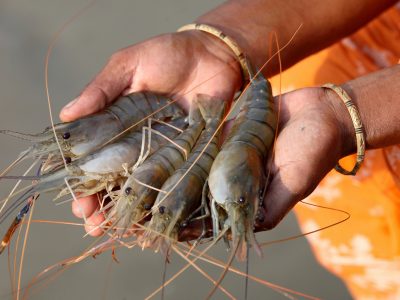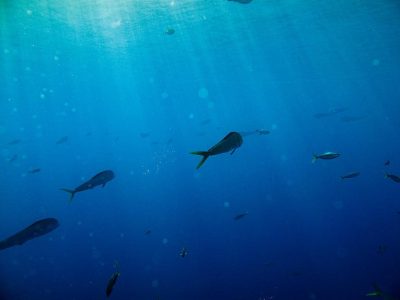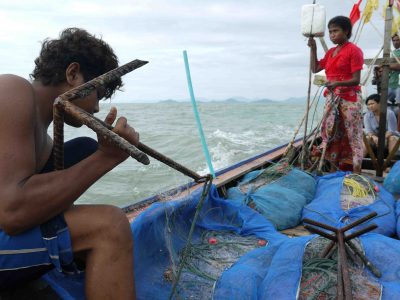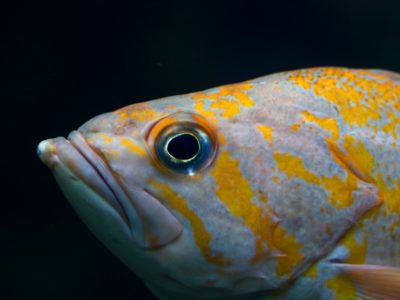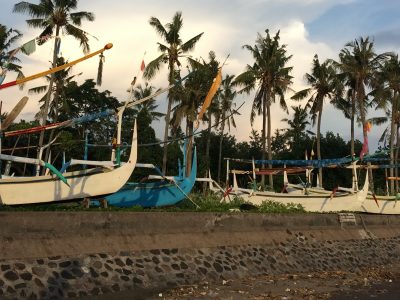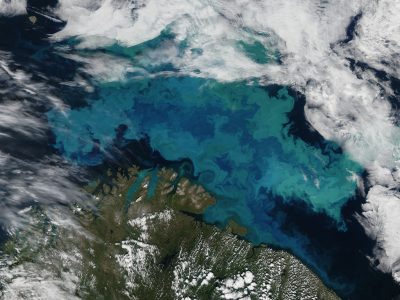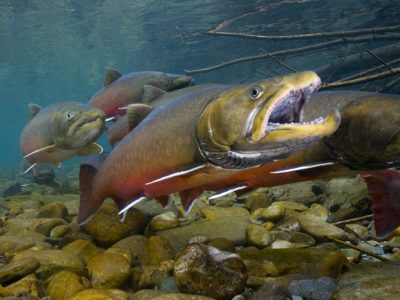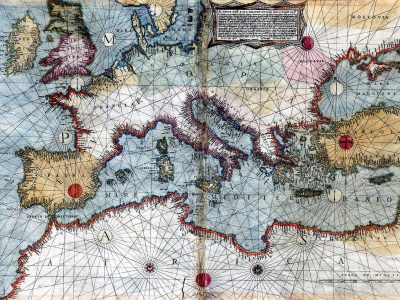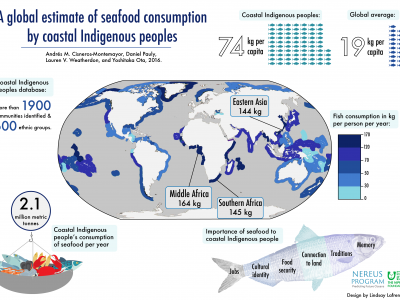Solutions to blue carbon emissions: Shrimp cultivation, mangrove deforestation and climate change in coastal Bangladesh
Bangladesh is a world leader in aquaculture production, ranking sixth after China, Indonesia, India, Vietnam, and the Philippines. Due to the nation’s favourable physical characteristics, Bangladesh is highly suitable for coastal aquaculture, especially the tiger shrimp sector. Shrimp culture has diversified livelihood opportunities for coastal communities, as over two million people are involved in fish farming, market, processing, and exporting.



